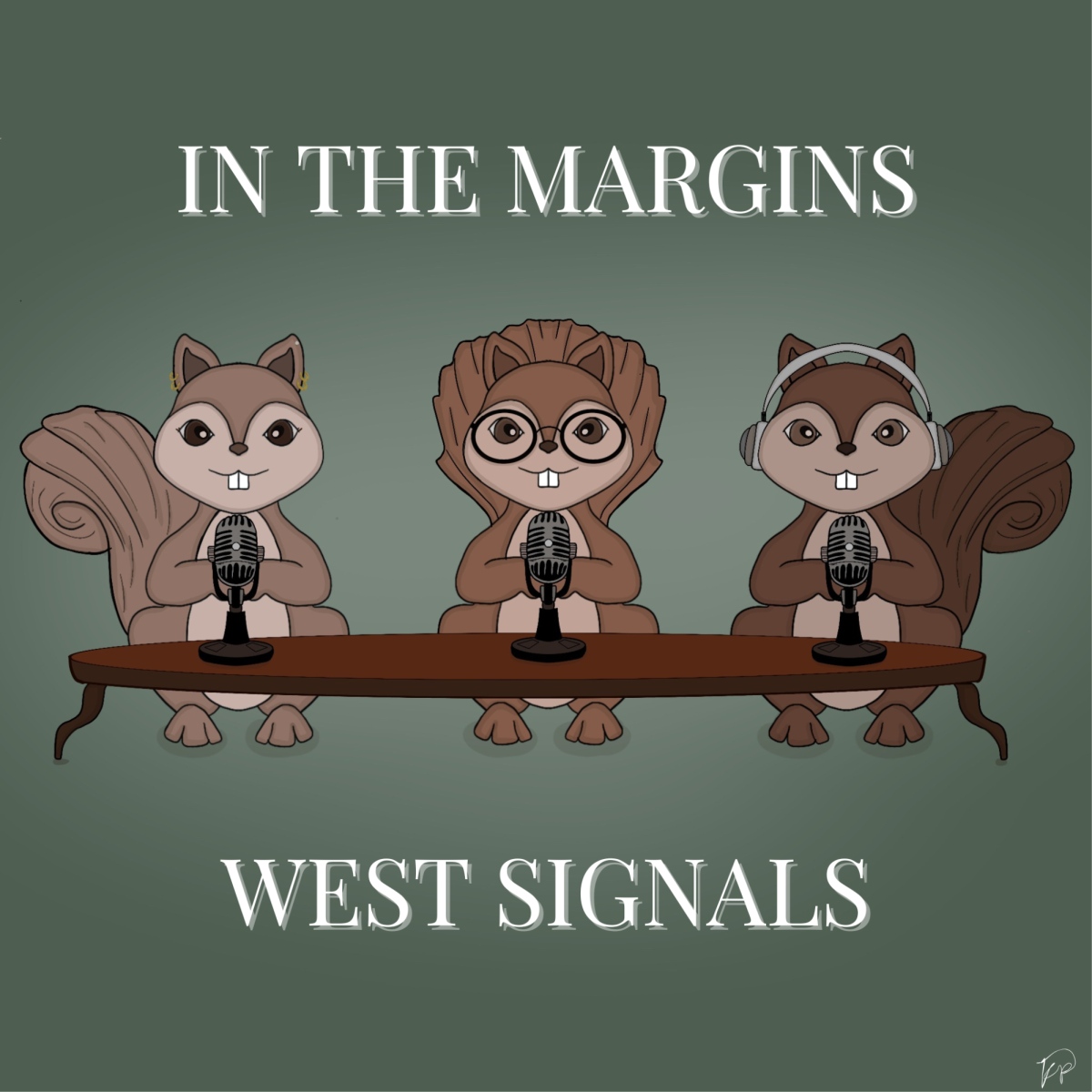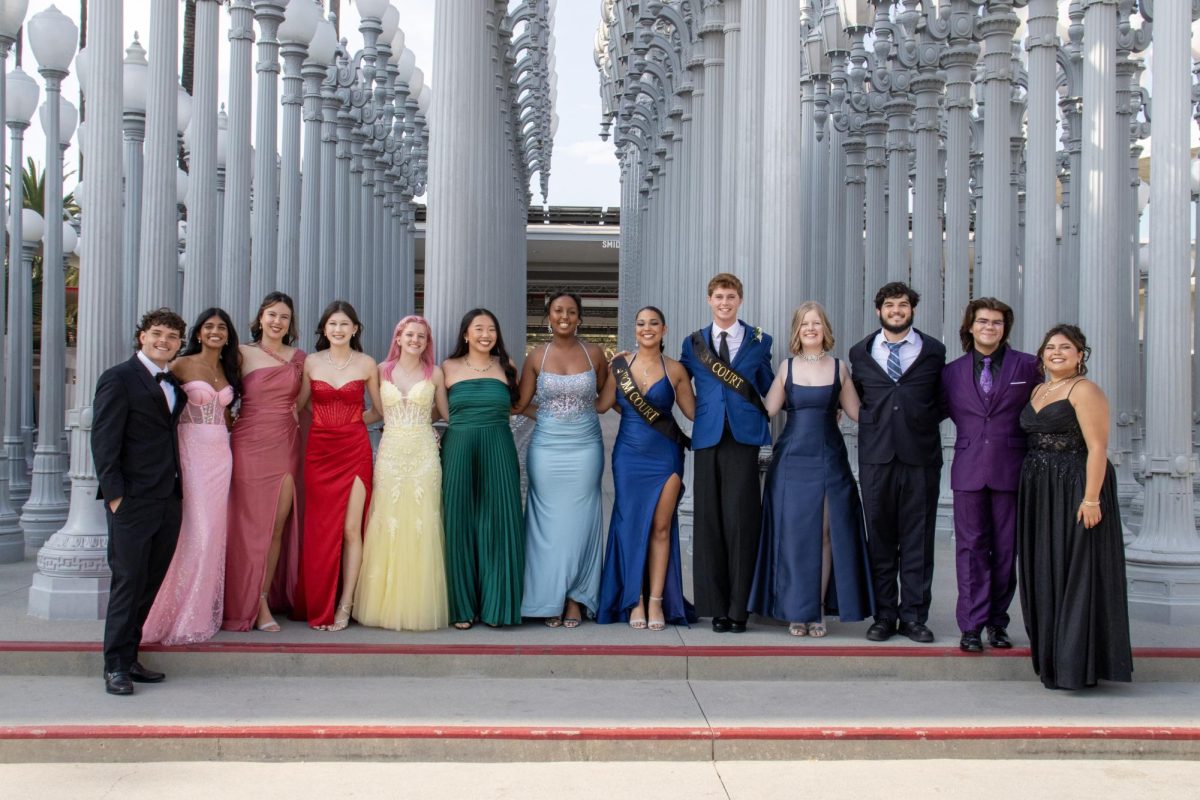Black History Month: The Extent of Impact in Schools
February 17, 2015
The Civil Rights Movement began only about a half century ago, and even if that seems like a long time, the aftermath becomes especially apparent every February.
In 1986, Congress passed a resolution recognizing February as Black History Month. According to the resolution, it was initiated to “provide…opportunities for our Nation’s public schools, institutions of higher learning, and the public to gain a deeper understanding and knowledge of the many contributions of Black Americans to our country and the world.”
But simply stating that Black History Month exists does not mean that people acknowledge it. Several West High School students, including Haseeb Khan (12), Ana Blasman (11), and Nina Baker-Mason (12) said that their history teachers have not yet mentioned Black History Month this February. One student, Alex Galkan (9), was not even aware that such an event existed.
“No one has ever told me about it. I never hear anyone talk about it, but I am interested in what Black History Month is because we need to raise awareness,” said Galkan. Galkan is not the only teenager that feels Black History Month is not often discussed. Khan said, “When you think about other events or awareness days, there’s usually some media that addresses it. I am pretty disconnected from TV…But even on social media I haven’t heard too much about it.”
At a school that is 44.3% Asian and only 4.8% African-American, and in a region of California that lacks a large African-American population, it may seem only natural that Black History Month is not a widely acknowledged event. However, it is precisely these demographics in the Torrance region that make celebrating this month all the more important, since the resolution itself said the goal was to educate the public about African-American contributions.
“A lot of times we don’t think about race too much, since generally the population here is the same race. But despite that… we’re not an entire reflection in America. We have to acknowledge that we live among other races,” said Khan.
“It’s good to recognize other cultures, especially because CA is a melting pot,” agrees Lindsey Wade (12).
Another possible factor for the lack of appreciation for Black History Month is disillusionment in terms of the advancement in Civil Rights. The nation has come a long way, passing the Voting Rights Act of 1965 to make voting registration less subject to institutionalized racism, celebrating African-American writers like Zora Neal-Hurston and Toni Morrison, and funding the NAACP. But with a disproportional amount of African-American men in jail, cultural appropriation in rap music, and the inability of an African-American woman to wear an Oscar, it is clear that racial issues are still a barrier in America.
“I think there should be more acknowledgement about what happened in the past and what’s happening now. People think that racism is not a thing anymore, but it really is. People need to be more aware of that,” said Baker-Mason.
In order to celebrate Black History Month, people can:
- Read works by African-American writers like Langston Hughes (poet), Toni Morrison (novelist), and Paul Laurence Dunbar (poet).
- Celebrate African-American rap artists. Many rap artists, such as Kendrick Lamar, rap about racial issues in America.
- Try to learn more about another culture, but in a respectful way.
- Not only learn about past historical figures like Martin Luther King Jr., but think about race in the modern age.
It is up to the willingness of American people, regardless of race or other factors, to participate and increase awareness for Black History Month.



